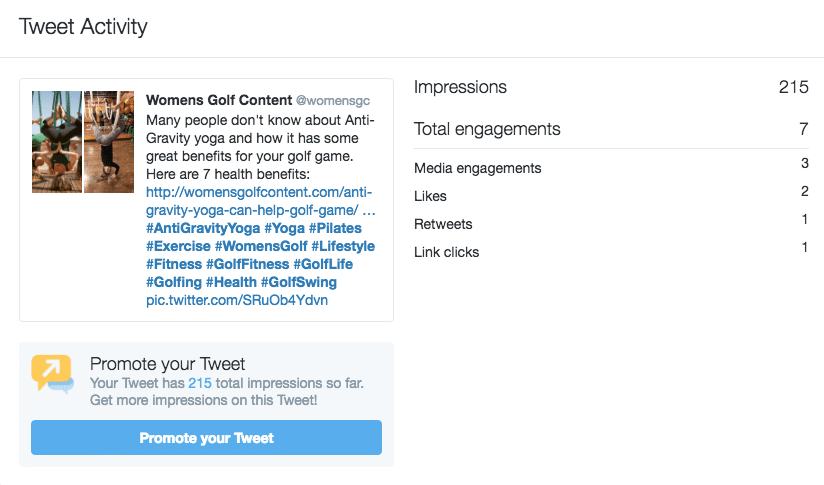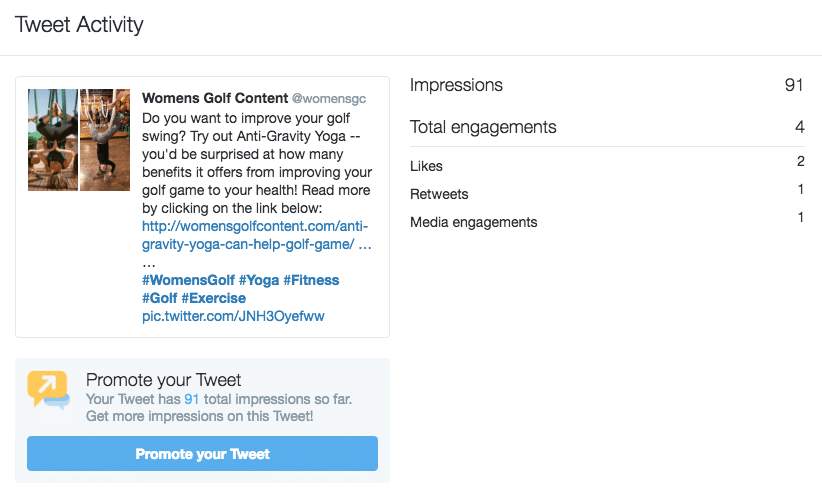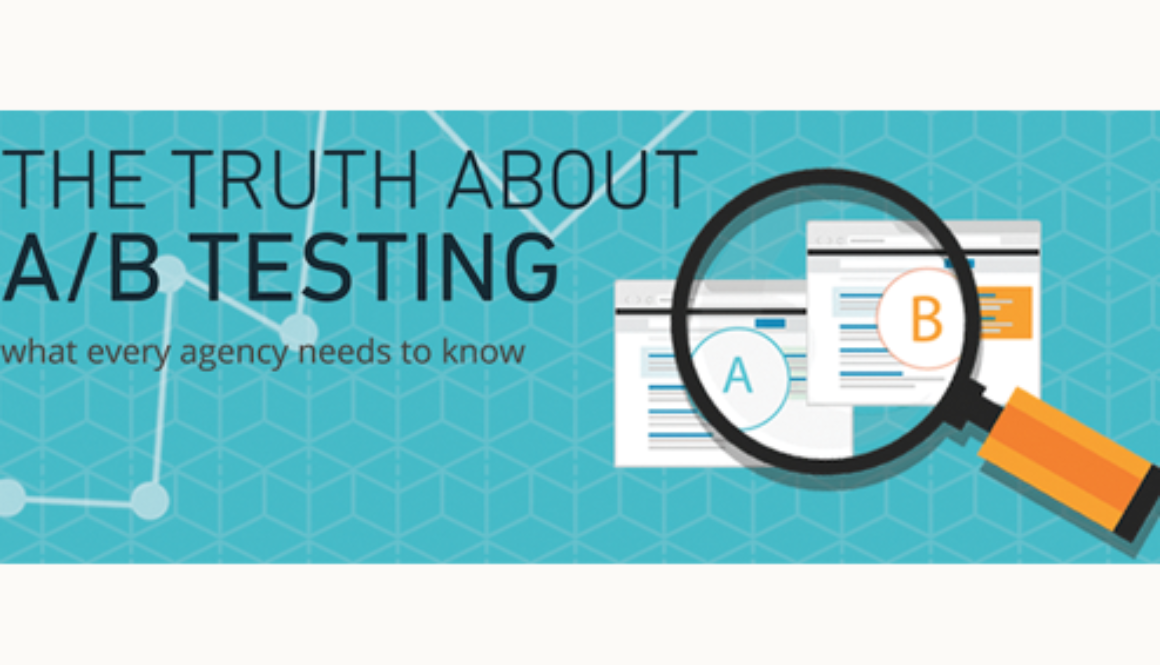How to Perform A/B Testing on Social Media
What is A/B Testing?
In essence, A/B testing is a way to measure two versions of something to see which is more successful.
Think about it this way: When you and your friend are coming home from your favorite coffee shop, you might discuss what route is the fastest way to get home. You might take one route that day and the next time you go to that same spot, maybe you’ll decide to try the other route and find out which one is fastest. It’s essentially a way to compare two similar things and figure out what’s the best way.
When it comes to social media, A/B testing works in the same way. When you look at the comparison of two similar tweets, you would like to see that one of the posts has a significant edge in a particular stat. I did an A/B test on my twitter to show you an example of what I’m talking about.


In the example above, the first tweet’s success with retweets, favorites, mentions, and potential indicated that it might be a better headline than the first.
Retweets and clicks are both useful metrics to observe, and we don’t necessarily like one more than another. Retweets are a great signal to us that people find the headline worth sharing with their own audience, and clicks are a helpful indicator that the headline drives curiosity enough to clickthrough and read. In some ways, retweets and clicks tell us a headline’s popularity or even an image’s popularity.
Of course, it might also be best to point out that A/B tests on social media are not perfect. The varying times of day, the hashtags we use and other significant variables can affect our tests as well. In order to keep it consistent, it would be wise to test your tweets at the same time of the day if possible. In the end, A/B testing gives us an insight into what works and what doesn’t to get engagement from our followers.
A few ways to vary your Tweets are with the following;
- quotes
- link tweets
- questions for your followers
- facts
- include relevant photos
Images and links to the topic you’re talking about is SO important when it comes to marketing your products or blog posts. It’s a lot more visually appealing than a boring one sentence tweet with a bunch of hashtags. Also, including a link to either your product page or website will help drive more traffic and increase conversion rates. Social media scientist Dan Zarrella found in research prior to this change that Tweets using pic.twitter.com links were 94% more likely to be Retweeted. That’s a pretty high number, don’t you think?
Try it out and see how it works for you. It’s relatively easy to figure out and it just might help your company or blog in the long run.

